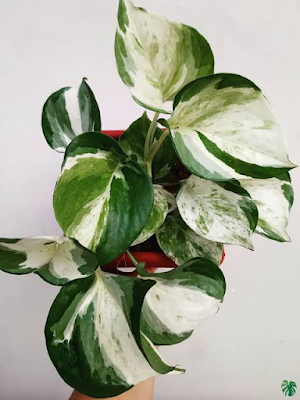How Sundials tell time

Humans have used the Sun to monitor the passing of time for thousands of years. For example, Stonehenge is believed to have been erected around 2,500 BCE, constructed in such a way that each stone aligns with the Sun’s rise during the summer solstice and the sunsets of the winter solstice.

However, like so many other technological inventions, the timekeeping sundial seems to have emerged from the minds of ancient Egyptians. The first evidence of a sundial dates back to around 1,500 BCE and was composed in two parts of an L-shaped shadow-casting device to determine the time of day. Over time, different versions of the sundial emerged, such as the ancient Greek hemispherical sundial around 280 BCE and the portable sundials created in Rome around 164 BCE. By the 8th century BCE, more accurate shadow-clocks that you might recognise today were commonly used.

As Earth rotates on its axis, the Sun appears to move across the sky, rising in the east and setting in the west. Along its journey, the Sun’s light beats down over the world and casts shadows in places it can’t reach. Taking advantage of light’s inability to pass through solid objects, sundials use the shadow of a central stick, called a gnomon, to pan across a series of numbers, like a clock face, to indicate what time it is based on the Sun’s position in the sky.
There are, however, several criteria a sundial has to meet before it can accurately tell time, so it’s not always as simple as pressing a stick in the ground and surrounding it with stones. For a sundial to accurately tell the time, the gnomon needs to align with Earth’s vertical axis, which is tilted to 23.5 degrees, and point either truth north or true south depending on which side of the equator it’s on. The gnomon is positioned on the dial plate at an angle that matches Earth’s axis, which is also equal to the latitude of its location. For example, in Europe, sundial gnomons are placed at an angle of between 40 and 60 degrees on a horizontal dial plate.

GIANT SUNDIAL
When you think of a sundial, the image of a small, sun-drenched ornament at the bottom of the garden might spring to mind. However, in some parts of the world, sundials are enormous structures. The largest sundial in the world is the Samrat Yantra, a 27-metre-tall edifice built in Jaipur, northern India during the 18th century. The gigantic sun clock, also called the ‘supreme instrument’, is a part of a series of 19 astronomical instruments that form the Jantar Mantar observatory. Made from stone and marble, the Samrat Yantra has a central gnomon in line with Earth’s axis and two adjacent quadrants on either side, running parallel with the equator. When the Sun hits the gnomon, a shadow is cast on scales at either quadrant, indicating the time with an accuracy of within two seconds.
CLOCKING IN
Measuring the passage of time by keeping tabs on Earth's rotation
1 HOUR LINES
The shadow crosses a series of numbers that represent the hours on a clock.
2 SPACING THE NUMBERS
Each number is exactly 15 degrees apart, which correlates to the 15 degrees of rotation Earth completes in one hour.
3 GNOMON
The shadow-casting gnomon is angled towards either the true north or true south.
Most dial plates are horizontal circular plates, parallel to Earth's axis of rotation. However, there are vertical alternatives that require the gnomon to point to the equator rather than the poles.
5 ANGLE
The angle that a gnomon sits on a sundial should correlate with the latitude of where it's placed. For example, in the UK a gnomon is angled around 52 degrees.
6 PATH OF THE SUN
As Earth rotates, the Sun passes through the sky, rising in the east and setting in the west.
Distinguishing between colours on the Red Planet can be a tricky business for a space rover when it’s trying to take a picture. Therefore, the onboard cameras need to be calibrated so that scientists can see if rocks are really red or not. To do this, NASA has employed an ancient technology to calibrate its cameras: the sundial. In place of the numbers used on a traditional time-telling sundial, a series of colours, such as red, blue, green and yellow, sit around the dial. When sunlight causes the central gnomon to cast a shadow, it points to one of the colours on the dial. Scientists back on Earth make note of what colour is shown on the sundial and use it to colour-correct images that the rover takes.

























